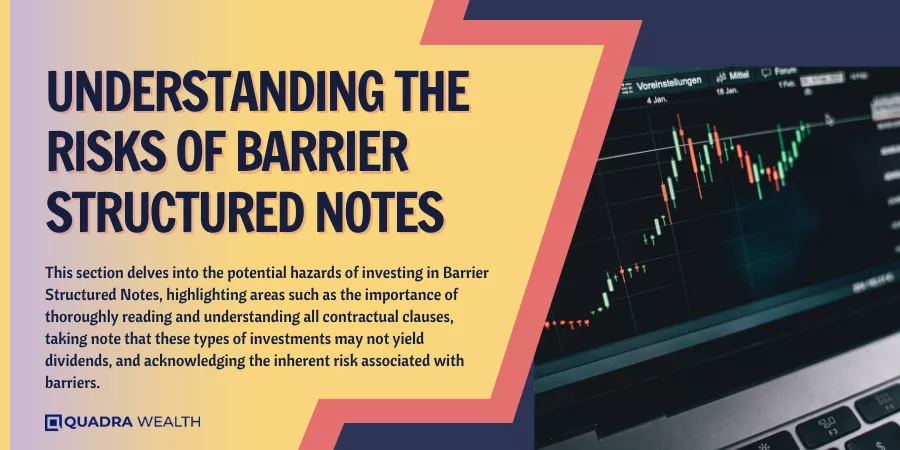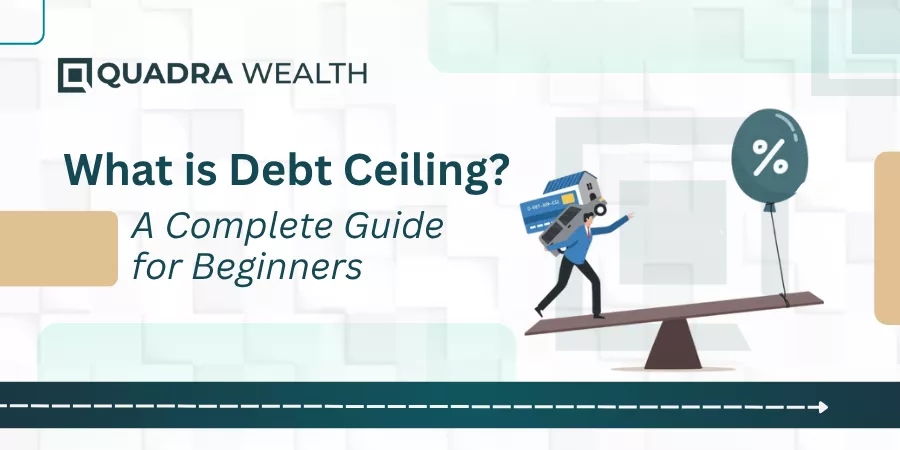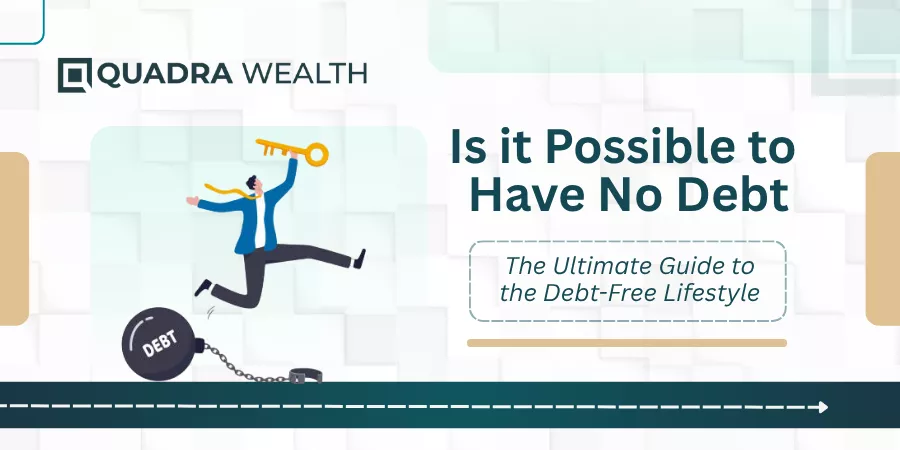Investing can be a thrilling yet anxiety-inducing venture, especially when navigating complex financial products like structured notes. Did you know that globally the structured notes market has heaps exceeding $3 trillion? This blog post aims to demystify one variant of these intriguing instruments – Barrier Structured Notes, pulling down the veil from their potential gains as well as associated risks.
Keep reading; your guide to smarter investing starts now!
Key takeaways
● Barrier-structured notes are an investment tool. They offer full principal protection and possible high returns.
● They are tied to stocks or assets. The payouts depend on these asset's results.
● Good points about barrier notes include risk cut down, portfolio mix-up, and higher profit chances.
● Bad points include credit risks, low selling ease, and wrong prices set by issuers.
●Watch out for costs like fees when investing in barrier notes. High costs can eat up your profits.
What are Barrier Structured Notes??
Barrier-structured notes are a type of investment that offers downside protection. They give regular income through coupon payments and have a payout at maturity. These notes can meet different client needs and serve as a powerful tool in shaping your portfolio.
Each note is linked to the performance of the underlying assets like stocks or others. The payout depends on how these linked assets do over time. There’s an “up” side where investors can gain more if the asset does well.
But there’s also a “down” side with risk controls to stop big losses if things go wrong.
The key feature is its barrier – this sets the loss limit for investors but it also impacts any gains made. If you invest in Barrier Structured Notes, they shield part or all of your original money even when stock prices drop within agreed limits.

Advantages of Barrier Structured Notes
Barrier-structured notes provide an impressive credit risk mitigation option while adding diversity to your portfolio. These financial instruments offer the potential for higher returns, making them attractive to investors exploring different risk-return options.

Credit Risk Mitigation
Barrier-structured notes are a good bet for cutting down credit risk. With these notes, you can guard your initial investment against possible losses due to credit events. This way, you have peace of mind with your finances.
Investors find barrier-structured notes useful because they add mixed flavor to an investment portfolio. They can bring a neat balance between risky and safe bets. It is like having an insurance policy on your investments! Plus, these notes might give you better returns while still keeping dangers at bay.
Diverse Portfolio Addition
Adding barrier-structured notes to your basket can make it diverse. This helps you own lots of different types of things like stocks and bonds. You also get a chance to gain from many markets such as food goods or foreign money.
So, this move does not only add variety but also lowers the downside risk and bumps up the total gains in your portfolio.
Potential for Higher Returns
Barrier-structured notes can earn you more money than regular investments. This happens when the underlying asset or index tied to the note does well. Some barrier notes can even give you bigger returns because they link to the asset in a special way.
For example, if an asset’s value goes up a lot, your return may go up even more. Or if an asset’s value drops a lot, your return might not drop as much.
Disadvantages of Barrier Structured Notes
Exploring the potential hazards of Barrier Structured Notes, including heightened credit risk, probable liquidity issues, and chances of inaccurate pricing that every investor must be aware of.
Keep reading to uncover effective strategies for navigating these pitfalls in your investment journey.
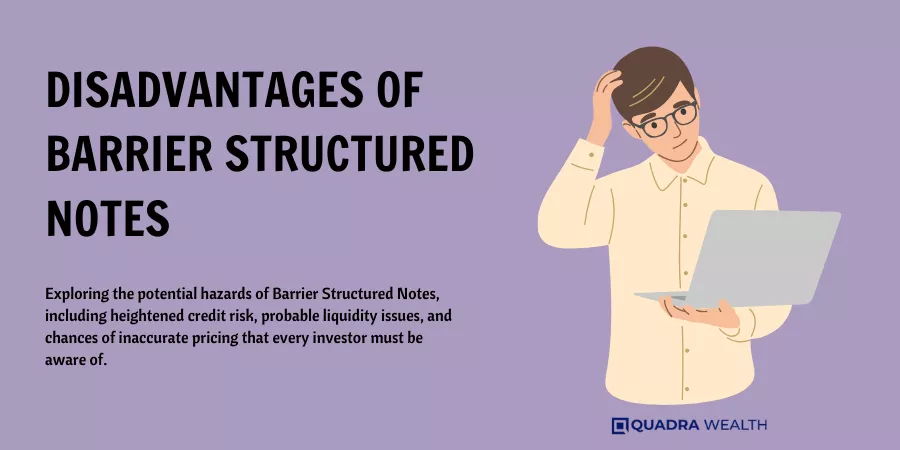
Potential for Credit Risk
Barrier-structured notes bring some credit risk. They are a type of debt. This means the issuer owes money to the investor. But, if the issuer falls into hard times and can’t pay back its debts, there is a problem for investors.
The issuers’ good standing matters.
If an issuer has low creditworthiness or defaults, payments may not happen as planned. It’s key that anyone looking to invest in barrier-structured notes thinks about this risk first.
Before buying these notes, check out whether or not the issuer is reliable
Possible Lack of Liquidity
Barrier-structured notes can be hard to sell. They often lack liquidity. This means it is difficult for them to be sold on the secondary market. The lack of buyers and sellers can limit their value for investors.
Selling these notes before they mature could lead to trouble, making it harder for you to gain access to your funds quickly if needed.
Inaccurate Pricing
Bad pricing can be a big problem with Barrier Structured Notes. Sometimes, the price you see is not right. This happens because these notes are hard to value. Even banks that give them out find it tough to set exact prices.
So, they may put a price that’s higher than what it should be. This means you might pay more for the note than it’s worth! Not getting the real value of your money is a risk in such cases.
Understanding the Risks of Barrier Structured Notes
This section delves into the potential hazards of investing in Barrier Structured Notes, highlighting areas such as the importance of thoroughly reading and understanding all contractual clauses, taking note that these types of investments may not yield dividends, and acknowledging the inherent risk associated with barriers.

Reading the Small Print
Reading the small print of barrier-structured notes is very important.
It gives information about the risks involved.
It tells you about the barrier level and what will happen if it’s breached.
Small print shows what you might lose or earn from these notes.
It can also have details on how long the barrier level lasts and any limits in place.
Knowing these details can help you see if the market, liquidity, and credit risk are likely.
You can use this information to decide if these notes fit your investment goals and risk level directly from the small print.
Lack of Dividends
Barrier-structured notes do not give out dividends. Many investors like getting parts of the company’s profits as dividends. But with barrier-structured notes, this is not in the picture.
You just get the payback at maturity or under set conditions. This could be a letdown if you need regular income from your investments.
The Risk with the Barrier
The barrier in a structured note can be risky. If the price of the linked asset drops below this point, you may lose money. This is because your gain is now tied to how much that asset goes up or down in price.
Even a small drop could mean big losses. You might not get all your cash back at the end if things go wrong. Be careful when picking notes with barriers and understand fully what they mean for your investment.
Registered Representatives
Registered Representatives are a kind of money helper. They must obey the rules to sell stocks or bonds in your area. Often, their pay comes from how much they care for or manage. Most times, this financial advisor cost is about one percent of what you give them to oversee.
However, with Robo-advisors, these costs are greatly cut down by half! Registered Representatives also make plans at an average fee of $2,000 or charge each hour around $250.
Analyzing Barrier Structured Notes Scenarios
In this section, we delve into potential scenarios investors may encounter with Barrier Structured Notes; we outline what happens when the stock trades above downside protection, how recovery functions if the stock price dips below downside protection but then bounces back and lastly, the financial implications should the stock price fall below downside protection without any recovery.
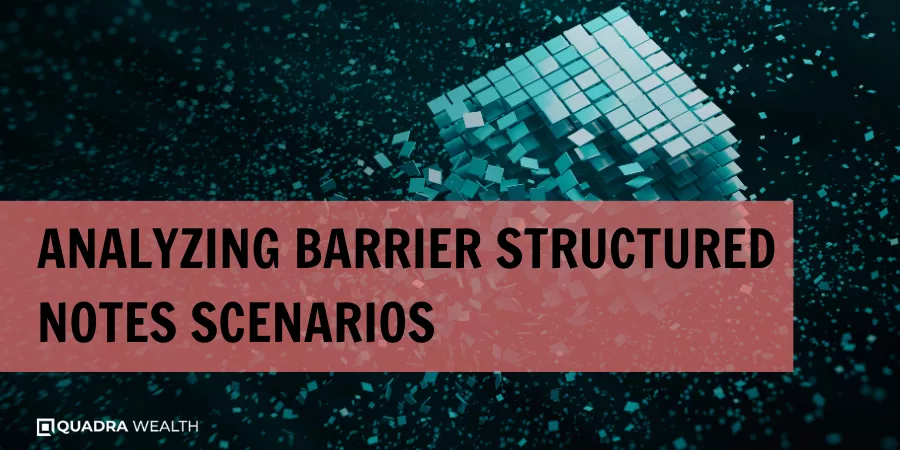
Stock Trades Above Downside Protection
Barrier notes give some safety. The stock must drop below a set level for the investor to lose money. This is called downside protection.
Let’s say the stock price stays above this level. Then, the investor will not lose any money on their main investment or principal. All added market-linked gains also belong to them. Hence, it gives a win-win chance when markets are doing well.
Stock Price Recovers After Falling Below Downside Protection
The stock price may drop below the barrier in Barrier Structured Notes. But don’t worry! There is good news. If this happens and then the stock price goes back up, you are safe. These notes have a rule that helps protect you.
They look at the stock’s end price, not its lowest point when deciding your return/payoff. So if it recovers from falling beneath the downside protection level, it’s like that drop never happened! You still get rewarded based on where the stock finished, not where it dipped during any tough times.

Stock Price Falls Below Downside Protection and Does not Recover
A drop in stock price below the downside protection value is a risk with barrier-structured notes. This means the stock has lost more worth than what was set as safe. The danger becomes worse if the stock does not get back its value in time for the maturity date or the exit date of the note.
Then, investors might lose some or all their money put into this kind of investment instrument.
Barrier Structured Notes Fees and Costs
Discover how average fees and additional costs can impact the profitability of investing in Barrier Structured Notes, making it essential to comprehend these often-overlooked factors before you decide to dive into this type of investment.
Find out more about hidden expenses that could affect your return on investment within these structured notes.
Average Fees
Fee Type | Average Cost (%) |
Structured Note Fee | 0.5 – 1.5 |
Brokerage Fee | 1 – 2 |
Management Fee | 0.5 – 2.0 |
Administrative Fee | 0.3 – 0.5 |
It’s important to note that these fees can significantly impact the overall returns on your investment. Always carefully review all potential costs before investing in barrier-structured notes to ensure they align with your financial objectives.
Additional Costs
Barrier-structured notes have more than just average fees. There can also be “extra” costs. These costs might take off from your total returns on the note. So, before you put money in barrier-structured notes, think about these extra charges too.
This way, you know exactly how much you are putting in and may get back out of your principal investment into barrier-structured notes.
Factors to Consider When Investing in Barrier Structured Notes
Considering factors like risk mitigation and maturity below the barrier is essential when investing in Barrier Structured Notes. Keep reading to navigate this complex investment terrain with ease.
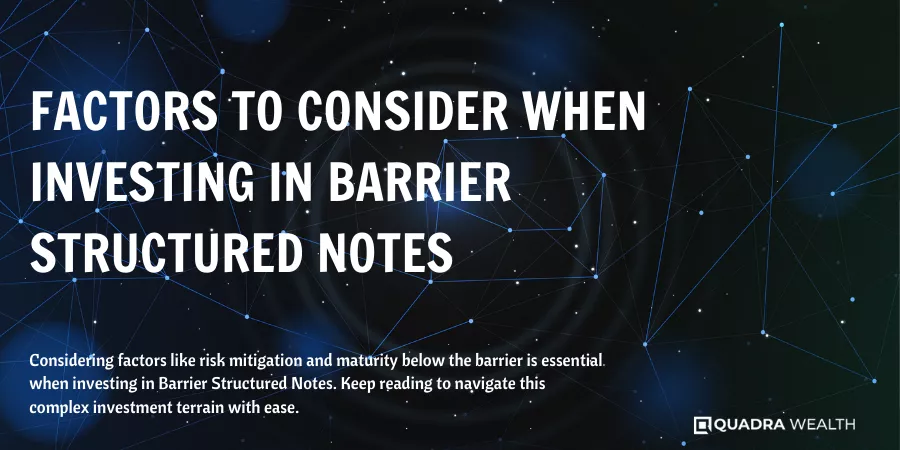
Risk Mitigation
Risk mitigation is key in barrier-structured notes. It helps lower the chance of bad events. Setting stop-loss levels is one way to do this. This means you set a level and if your stocks fall below it, they will sell automatically.
Using derivatives like options can also help balance out losses from a drop in stock prices. It’s also very important to read all the terms and conditions, and then the market environment before buying any stocks or bonds so that there are no surprises later on.
Your choice should depend on how well you think the issuer can pay up at the end of the term as well.

Maturity below Barrier
The barrier protects your money in structured notes. But, what if the maturity is below this point? This means trouble.
Your ending pay could be less than your start pay. A lower-end value on stocks causes it. Your money’s protection does not reach that far down too. You get much less return when the note matures at a level below the barrier.
So, take note of how low a stock can go before you feel the hit. Also, check how long you need to hold onto it (maturity period). The typical time frame falls within 2 to 5 years for these types of notes.
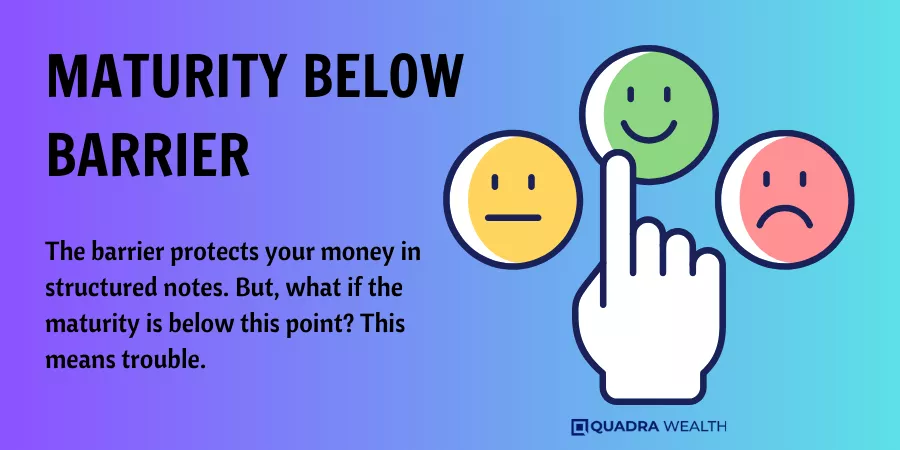
Conclusion
Barrier Structured notes are an interesting choice for investors. They offer a chance to guard money while still earning well. Still, they carry risks, like the lack of cash and high costs.
Proper knowledge can lead to smart choices when investing in these notes.
FAQs
Barrier Structured investment products are a type of investment used by financial advisors, private banking, and institutional investors. They give portfolios market protection through options strategies like hard or soft protection. However, there can be such a thing as over-diversification, whereby overall returns can be negatively impacted. It is important to understand how a particular structured note achieves diversification. Importantly, a structured note doesn’t have to be a lengthy holding period or an actual underlying portfolio of investments like a mutual fund or exchange-traded fund (ETF) does.
Structured note types use an underlying asset, such as a single equity security, equity indexes, or commodities to track price movements in the market conditions. They combine a zero-coupon bond with a derivatives package that provides payouts at maturity based on these market variables.
By investing in structured notes you gain capital protection and upside potential for growth without much worry about timing risk taken when diversifying the portfolio strategy using bond investments; helping your hedge against volatility of volatile stocks yet eying constant growth or income
Yes! Platforms such as YieldStreet and Halo offer services for income note management along with access to global issuers which helps make the process fluent.
Barriers Structured Note types include Income Notes that provide regular payments keeping into account absolute digital notations about performance tied to assets creating more chances of return even during bearish markets.
Like other securities transactions, they carry risks like Market risk and call risk influenced by interest rates, and tax considerations. Get advice before proceeding so you understand how well it fits your investment objectives and tolerance level considering different factors like the capped maximum returns knock-in feature.

